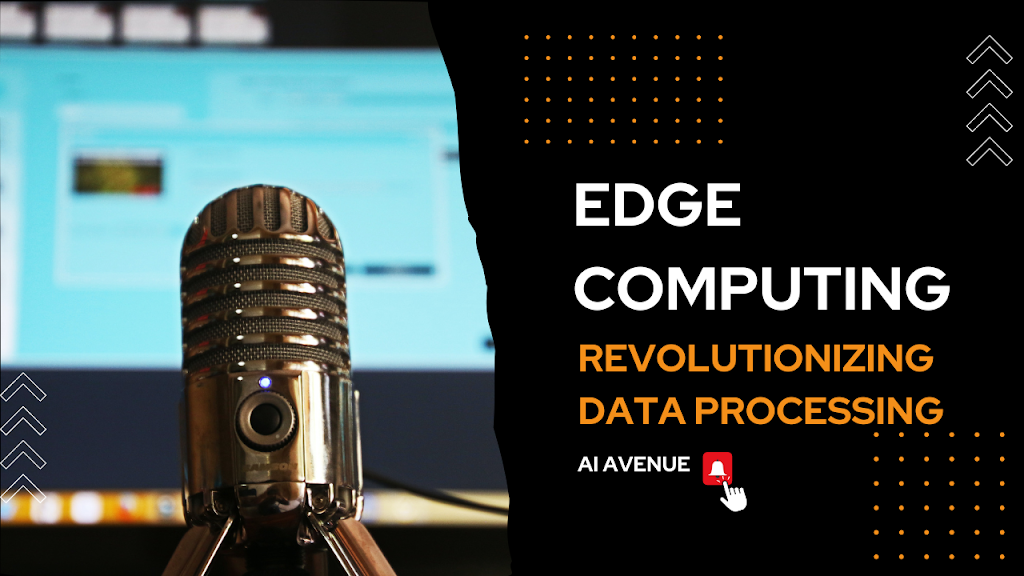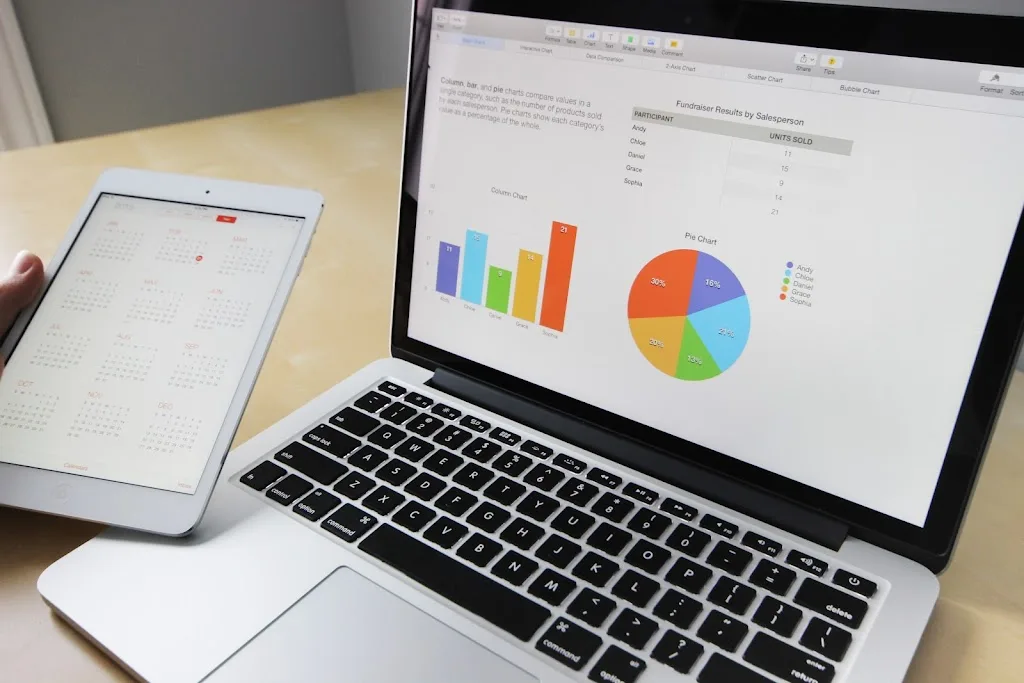
I. Introduction:
In today’s world, data is everything. From smartphones to IoT devices, we are constantly generating and consuming vast amounts of data. Traditional cloud computing architecture was not designed to handle the sheer volume and velocity of this data, which is why edge computing has emerged as a viable alternative. In this article, we will explore what edge computing is, its benefits, use cases, challenges, and the future of this technology.
II. What is Edge Computing?
Edge computing is a distributed computing model that brings computation and data storage closer to the location where it is needed, rather than relying on centralized cloud servers. This allows data to be processed and analyzed in real-time, without having to be sent to a distant data center, reducing latency and improving performance.
III. Benefits of Edge Computing:
A. Reduced Latency: By processing data locally, edge computing reduces the time it takes to transmit data to a remote server and receive a response, resulting in faster response times and improved user experience.
B. Improved Reliability: Edge computing ensures that critical applications and services remain operational, even if there is a loss of connectivity to the cloud. By having local compute resources, edge devices can continue to function, providing uninterrupted service.
C. Increased Security: Edge computing can improve security by processing data locally, rather than transmitting it over the public internet to a cloud server. This reduces the risk of cyberattacks and data breaches, ensuring that sensitive data remains secure.
D. Lower Bandwidth Costs: By processing data locally, edge computing reduces the amount of data that needs to be transmitted to the cloud, reducing bandwidth costs and improving network efficiency.
IV. Use Cases for Edge Computing:
A. Smart Grids: Edge computing can help manage the electricity grid by providing real-time analysis of power usage, allowing utilities to adjust the power supply to meet demand.
B. Autonomous Vehicles: Edge computing can be used to process data from sensors in autonomous vehicles, allowing them to make decisions in real-time without relying on cloud servers.
C. Healthcare: Edge computing can help healthcare providers by enabling real-time monitoring of patients, processing data from medical devices, and analyzing patient data.
D. Industrial Internet of Things (IoT): Edge computing can be used to analyze data from sensors in industrial environments, optimizing processes, and increasing efficiency.
V. Challenges of Edge Computing:
A. Limited Resources: Edge devices often have limited processing power, memory, and storage, which can make it difficult to run resource-intensive applications.
B. Compatibility Issues: Edge devices may not be compatible with existing cloud platforms, requiring new software and hardware to be developed.
C. Security Concerns: Edge devices may be more vulnerable to cyberattacks than cloud servers, making it essential to have robust security measures in place.
VI. Future of Edge Computing:
Edge computing is expected to grow significantly in the coming years, driven by the proliferation of IoT devices and the need for real-time data processing. As the technology advances, we can expect to see more use cases emerge, and edge devices become more powerful and cost-effective.
VII. Conclusion:
Edge computing is an exciting and rapidly evolving technology that promises to revolutionize the way we process data. With its ability to provide real-time analysis and processing, edge computing offers significant benefits in terms of reduced latency, improved reliability, increased security, and lower bandwidth costs. However, it also presents challenges, such as limited resources, compatibility issues, and security concerns. Despite these challenges, the future of edge computing looks bright, and we can expect to see this technology play an increasingly critical role in the years to come.
In conclusion, as more and more devices become connected, and the amount of data we generate continues to grow, edge computing will become a crucial technology for processing and analyzing data. By bringing computation and storage closer to the edge, we can improve efficiency, reduce latency, and enable new use cases that were previously impossible. It’s an exciting time for edge computing, and we can’t wait to see what the future holds.














